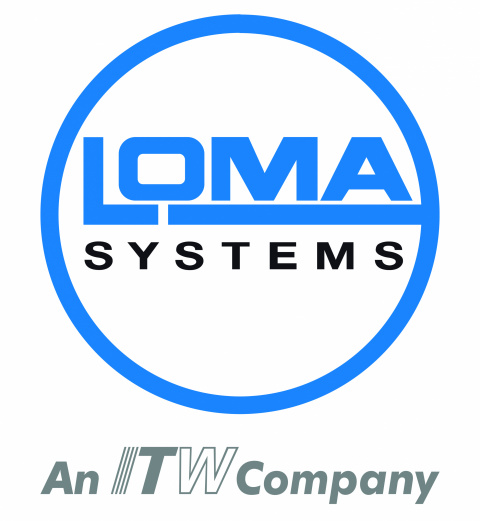
In November, the FDA issued a statement that it had evaluated the safety of cell-cultivated meat and concluded that it is safe for human consumption, a major milestone for alternative protein producers whose cutting-edge technologies promise a sustainable and plentiful food source for a growing world.
With this milestone now passed, we wait to see how can producers go from FDA clearance to commercial-scale production — efficiently and profitably?
Biotechnology offers critical clues. Today's cultivated meat producers understand the lessons learned through decades of growing animal cell cultures in large-scale bioreactors. Those upstream principles can help point the way for alternative protein manufacturers in refining and scaling their processing.
Given the tremendous opportunity for this new technology, I interviewed Sebastian Bohn, Sub-Market Leader, Alternative Proteins, of CRB Group to dig a little deeper on these developments.
FPSA: The FDA says that Upside Foods will be able to bring its products to market once it’s been inspected by the U.S. Department of Agriculture. Any idea how long that might be?
Bohn: We don’t know exactly when but expect that it will be soon. There is concern that the involvement of two regulatory agencies would add complexity and delay product launches. So, we speculate that the agencies will try to show they can work quickly and in tandem. In addition to that, the new FDA director has put a renewed emphasis on the “F” in “FDA”. We believe that this will help accelerate the coordination between the two agencies.
We also need to keep in mind that we are currently not at a full “FDA approval” point and they will still be performing another review. Therefore, as much as we want this to be a simple and quick process, there are still some stage gates these companies need to navigate.
FPSA: Are there other players as far down the line in cultivated meats as Upside, that we can expect to see also coming to market in the next 2-3 years?
Bohn: We would look to companies that have raised significant amounts of capital or have already built facilities. GOOD Meat, New Age Meats, SCiFi Foods, Vow Steakholder Foods, and Tender Food have all raised at least $10 million in capital. Of that group, GOOD Meat, New Age Meats, and SCiFi Foods have announced facility build plans or product launch dates.
GOOD Meat announced their plans for a new facility in May 2022. We expect they will achieve regulatory approval before they finalize design.
New Age Meats announced their product will be available this year, so we also expect regulatory approval soon.
SCiFi Foods announced they hope to have regulatory approval before their new pilot facility opens in 2024.
In short, the growth continues as many of these groups that have pilot facilities in operation are working towards full commercial scale and the number of partnerships also continues to increase. This all signals there will be multiple products coming to market over the next 2-3 years. On top of that, there are others in the space that have approval outside the US already and where these products are being sold.
FPSA: Aside from the bioreactors mentioned, what type of traditional capital equipment will be applicable for cultivated meat products? In other words, will this all be new technology or will existing suppliers today have opportunities in this new category?
Bohn: For products based on ground meat, such as meatballs and chicken nuggets, the cultivated meat industry may use the exact same equipment. After the cultivated meat is separated from the fermentation broth, we anticipate it will look a lot like ground chicken or beef. That mixture will still need to be combined with seasonings, formed, breaded/battered, fried/baked, frozen (if applicable), and bagged or placed in trays. It will likely not need cutting and grinding like traditional meat.
For whole muscle style products, we anticipate this will come out of the process looking like a fillet. Some manufacturers will grow the fillet to the size and shape needed; however, others will form the shape from the ground cell mass, and potentially blend the cell mass with fat to create marbling. There may be some need to trim and cut the pieces, marinate fillets, apply topical seasonings, freeze (if applicable), then place into trays.
With so many different types of cuts and final products anticipated, there is an opportunity for traditional food suppliers to carve out new products for this market. Capital expense and speed to market are crucial and therefore ideally existing equipment could be used, however with some of the nuances in the product itself, there will be a need for some innovation.
FPSA: Do you think existing food safety protocols will suffice for cultivated meat or will new guidelines need to be prepared?
Bohn: We anticipate they will be similar. Part of the reasoning for split agency regulation is that the FDA and USDA can evaluate what is in their traditional areas of expertise. The cultivated meat will have the same composition as meat from an animal; therefore, food safety concerns should be similar. We have been advising our clients to design their facilities, after the cultivated meat has been harvested, in accordance with existing USDA regulations and standards. The existing protocols are also written to allow the site to determine the means/methods in ensuring their final product meets final food-safe criteria which allows potential differences to be covered within the existing protocols.
FPSA: Thank you Sebastian. Anyone looking for more information on this interesting development should feel free to reach out to Sebastian Bohn at Sebastian.Bohn@crbgroup.com
Andy Drennan, FPSA SVP

































